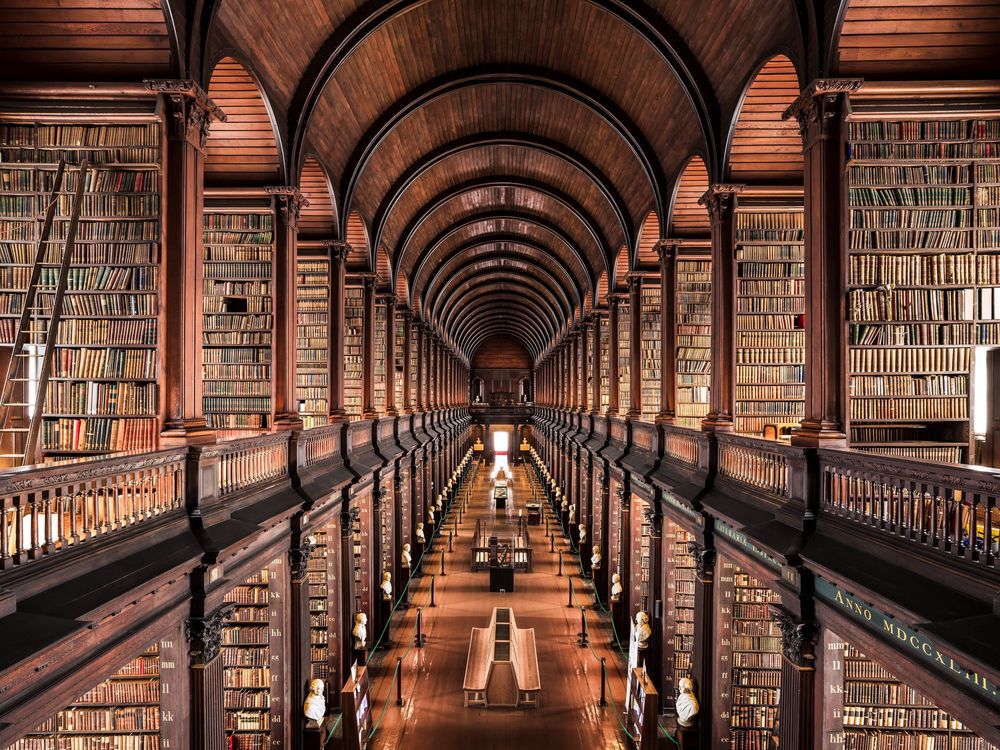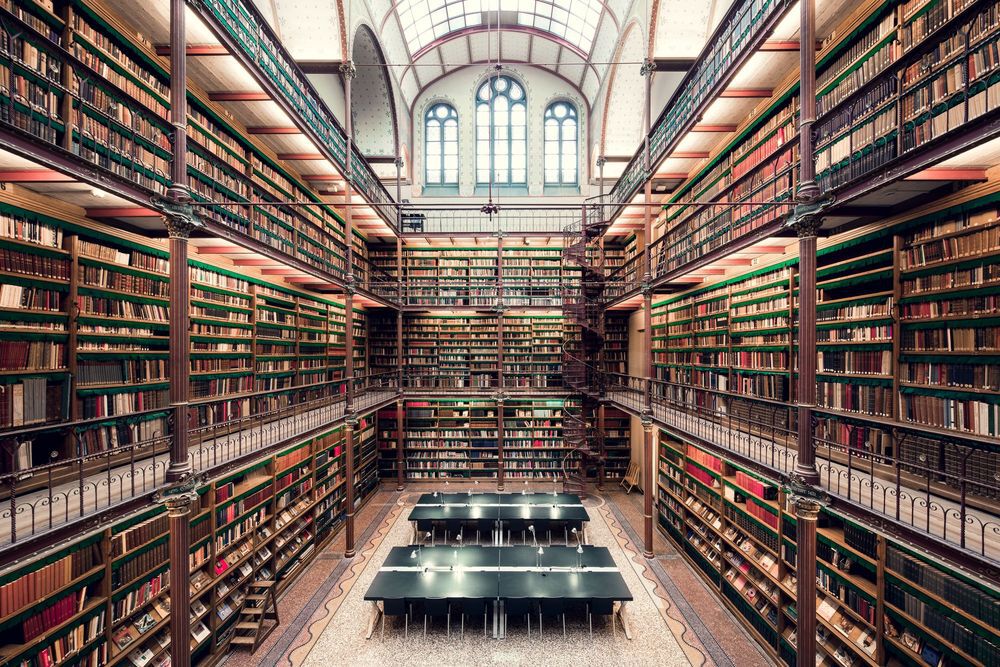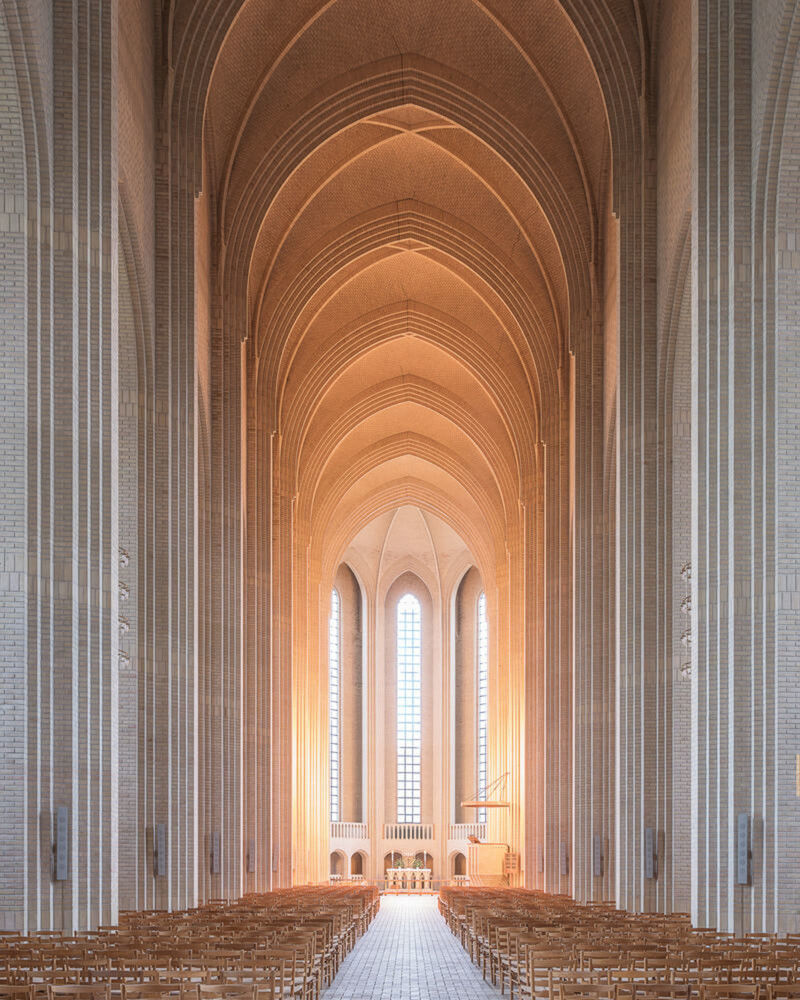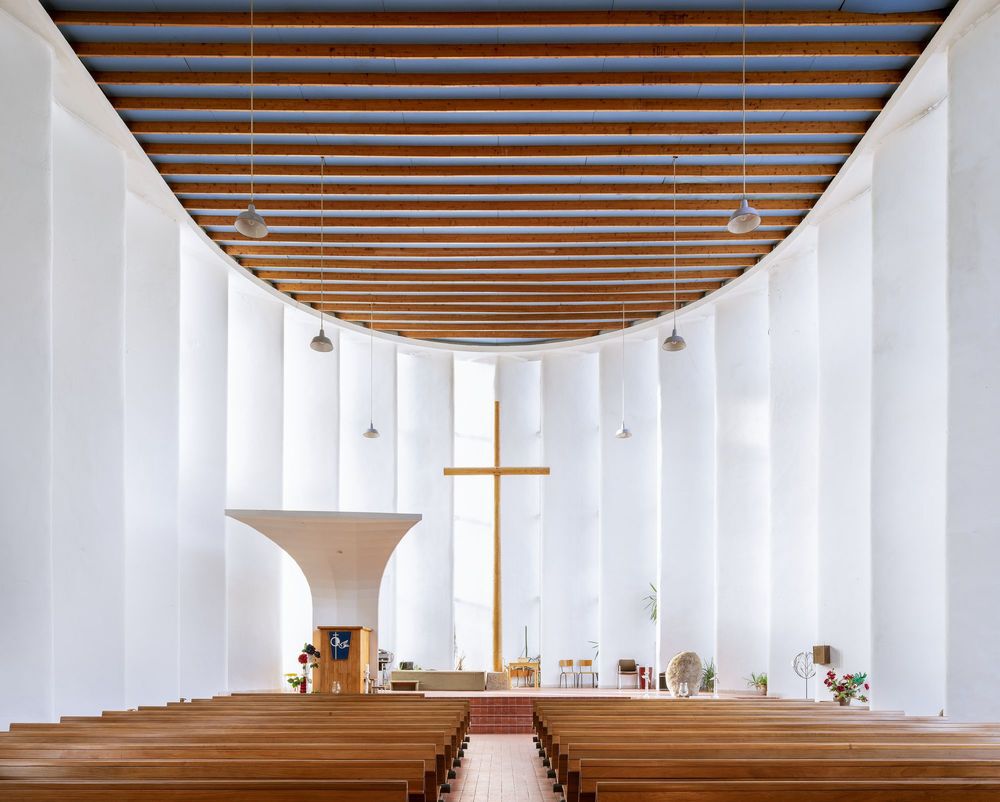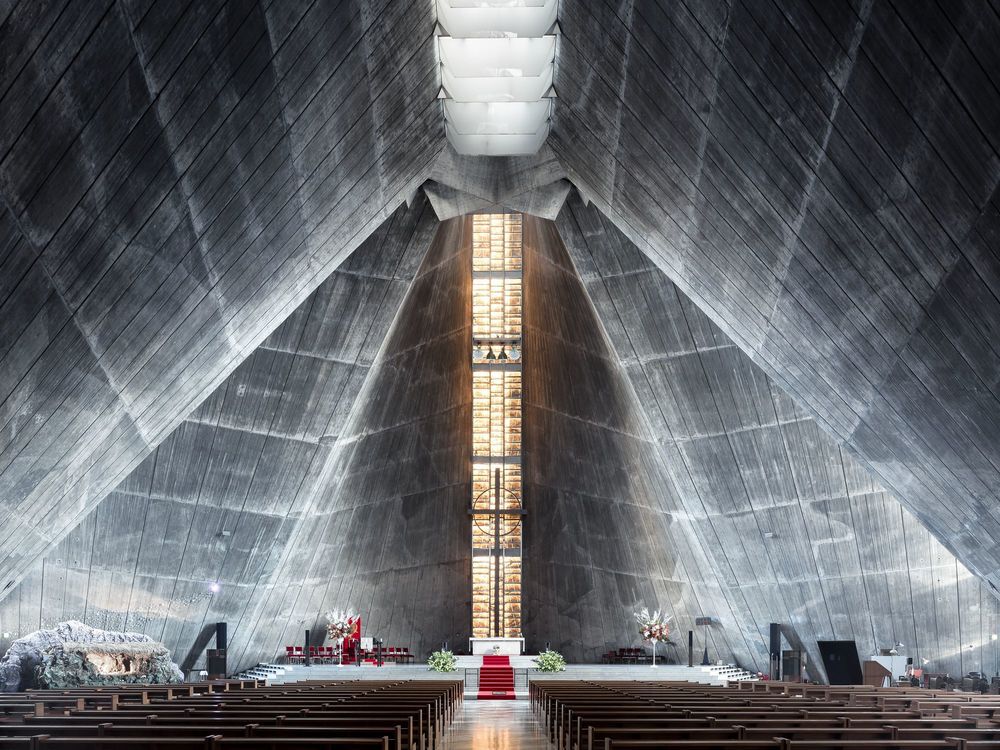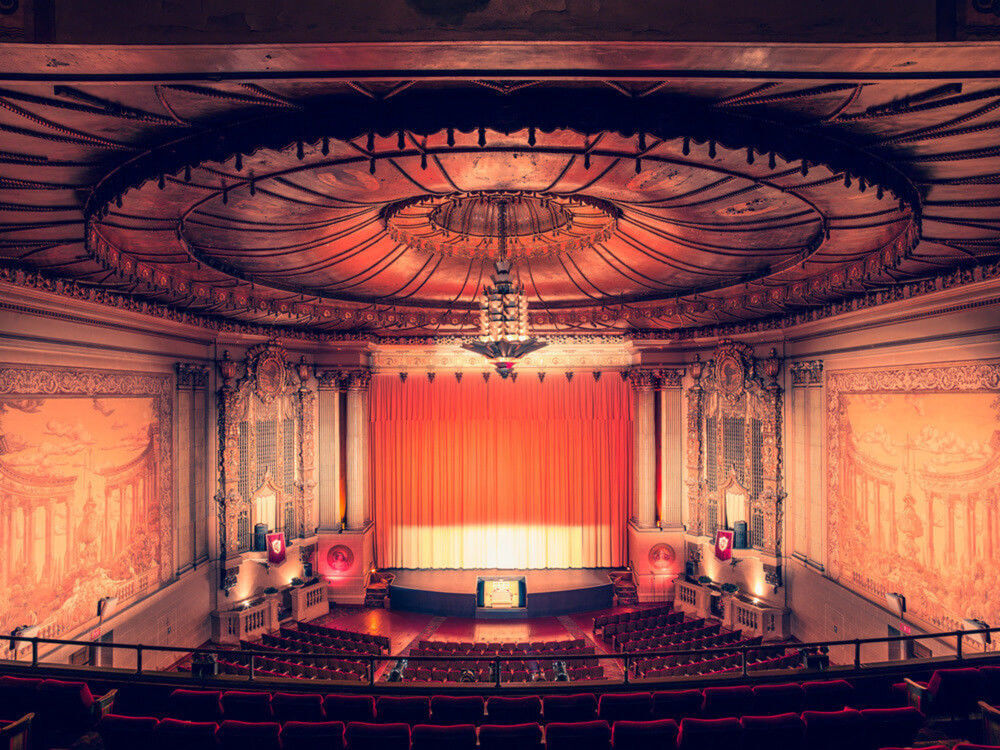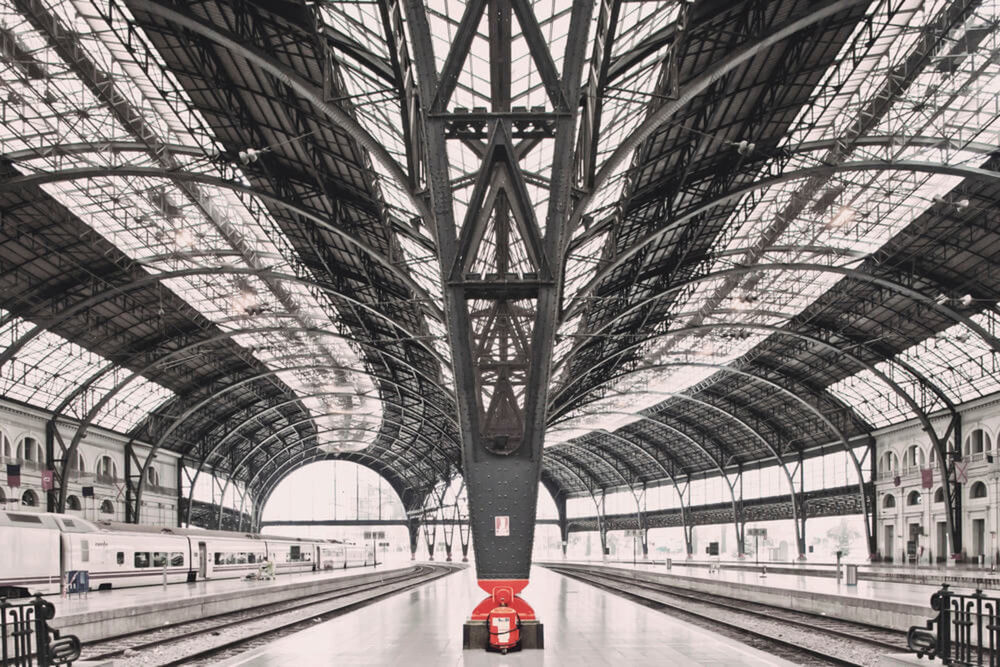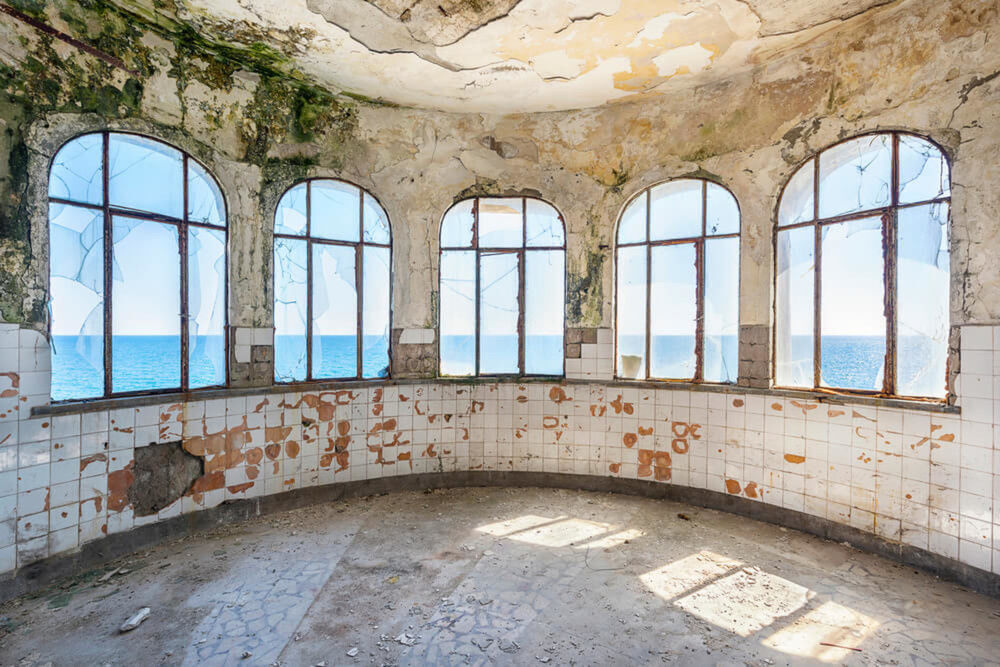Trinity College Library
M
World's most beautiful interiors
L
Libraries
L
L
Libraries, silent places, serious places, places for learning and reading, regroup all our knowledge. The oldest date from the 1st century and are found in Fez, in Morocco. Thibaud Poirier has photographed the most beautiful among them, with a certain specificity: completely empty of their usual inhabitants of students, researchers, readers, teachers. These architectural edifices still have a great deal to offer.
These libraries have crossed generations (even centuries for some) and are places built with the very specific goal of studying and transmitting knowledge and are known word-wide for their book collections.
Thibaud Poirier has chosen these places because he wanted to look through history and show how spaces with similar uses can be interpreted differently in different places and in different times.
L
L
Churches
L
French photographers Ludwig Favre
and Thibaud Poirier carry out a truly urban exploration to depict a surralist and timeless portrait of the world’s most beautiful religious monuments. These places are known for being spaces of purity, holiness, and gathering in an atmosphere of permanence or timelessness.
The photographers’ sensitivity for the aesthetic beautifies the function of these interiors in our daily life. The two photographers invite us on a voyage full of dreams, architecture, and history.
L
Incongruous locations
L
Busy with our daily routine, we forget the beauty of the facades and buildings such as train stations or theatres. During an urban exploration, we are attentive to the architecture of churches, old buildings, or libraries, but it is very rare to have the opportunity to photograph them empty of all human presence.
Franck Bohbot is a well-known french photographer who has travelled the world looking for new urban. charms. He offers us a new vision of our surroundings (which we too often forget to truly see).
L
L
L
Urbex (urban exploration) photography consists of photographing man-made places which have been forgotten, abandoned, and often dilapidated by time. Many questions spring to mind when we look at these photographs. What happened? How long ago was this place abandoned? Who owned this place? So many questions remain unanswered.
Our imagination thus becomes our best friend in order to discover each detail of these places rife with history. Among the explorers of these abandoned places, Aurelien Villette comes out head of the pack with his richly colourful architectural photographs. He is interested in the description and the aestheticization of abandoned places. Light play, aging materials, architectural perspectives and structures are all highlighted and glorified.
L
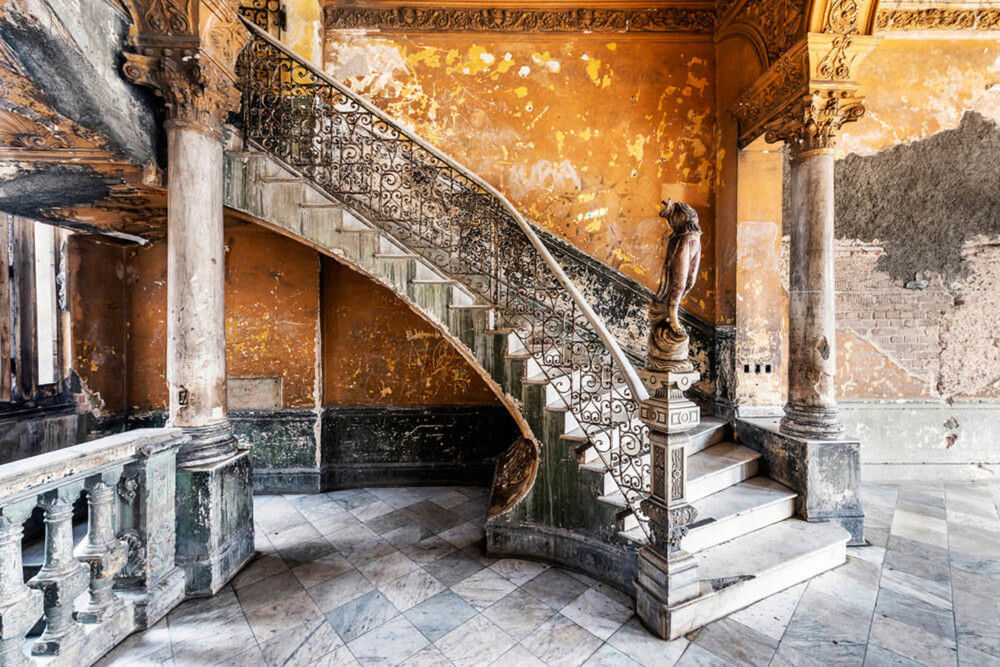
Cuba Verticalité
